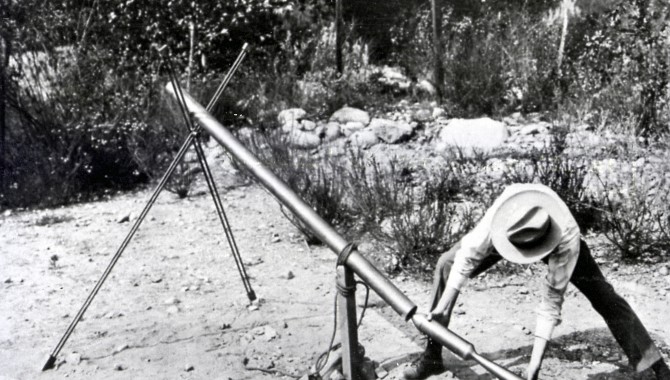
By Art Levine
In the early 70s the management at the American Stock Exchange wanted a set of automated displays installed on the trading floor. The purpose of the displays was to announce to the public all changes related to the trading of equities.
I had exactly three months to get the work done. Because of local building codes, I was told that the displays that met the specifications would not be available until nine months after the order was placed. This was not acceptable to the Exchange’s management.
The project team was in a quandary. I called a meeting to discuss the situation and develop a report explaining why we needed more time. Jokingly, I suggested, “Why not use picket signs?” The Exchange had just gone through some painful labor negotiations. To anyone who had been involved in those negotiations, the thought of a picket sign should have sounded, I thought, like gallows humor.
To my surprise, the rest of the project team took the idea seriously. Suddenly I realized, Hey, why not? There was agreement all around that it was worth a try. “We could print the necessary information on both sides of the signs and walk them around the floor,” somebody said. We were off and running.
Within two weeks the “manual displays” were operational. The hardest part of the project was getting the signs laminated and attached to a stick. Across the top of the sign we wrote, in big letters, TRADING HALT. Across the bottom we put the reason, for example, INFLUX OF ORDERS, and just above that what the stock symbol was, the time of the halt, and the last sale. The floor of the Exchange is the size of a football field, so we had people walking around at different locations with the signs held up over their heads.
People’s reaction? The first time the signs appeared a cheer went up from the trading floor. Overall, they were a fantastic success!
This crazy idea — or rather, inelegantly simple solution — solved the problem. It met the Exchange’s requirements, and more importantly, for $200 it bought us the time to put in place the long-term solution, which cost $2,000,000.
Fittingly, the picket signs now appear only in the Stock Exchange museum.
Lessons
- Don’t be bashful about suggesting crazy ideas. Sometimes they may just work. Share your crazy thoughts with the team.
- Don’t always assume high tech is the best way to solve a problem. Smart solutions can employ low tech as well.
Question
What’s your craziest idea that worked as a temporary solution to a pressing problem on a project?
Read more about communication:
PERT Charts Take Precedence









